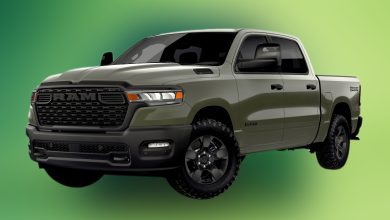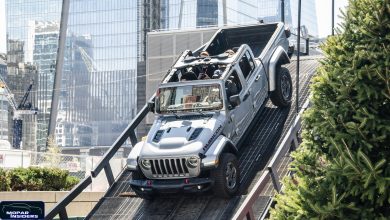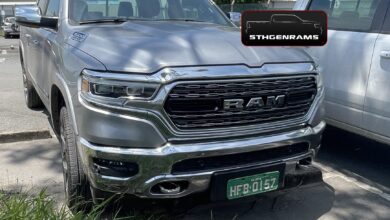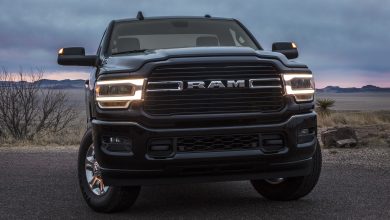Ram Rampage Crushes 48,000 Sales in Brazil
Compact Truck’s Success Raises Eyebrows in North America
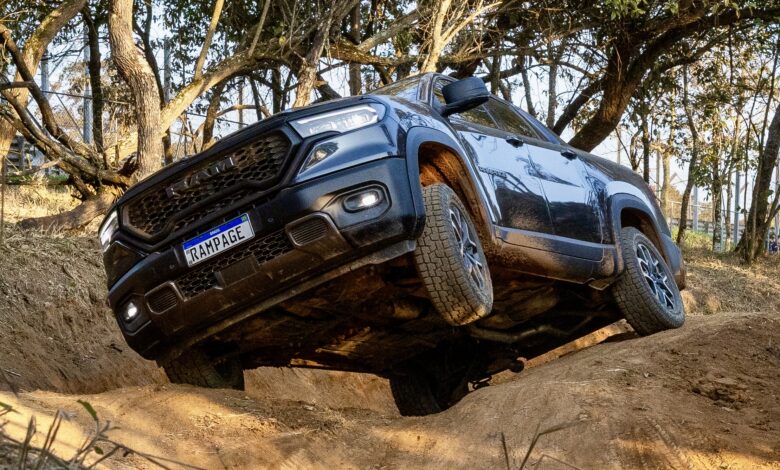
Ram’s smallest pickup might just be its biggest untapped opportunity in North America.
Down in Brazil, the Ram Rampage—a compact unibody pickup designed and built outside of North America—continues to dominate the road. By the end of July 2025, Ram officially surpassed 48,000 units sold since the Rampage first hit showrooms in mid-2023. That’s no small feat, especially in a region where truck buyers have no shortage of choices.
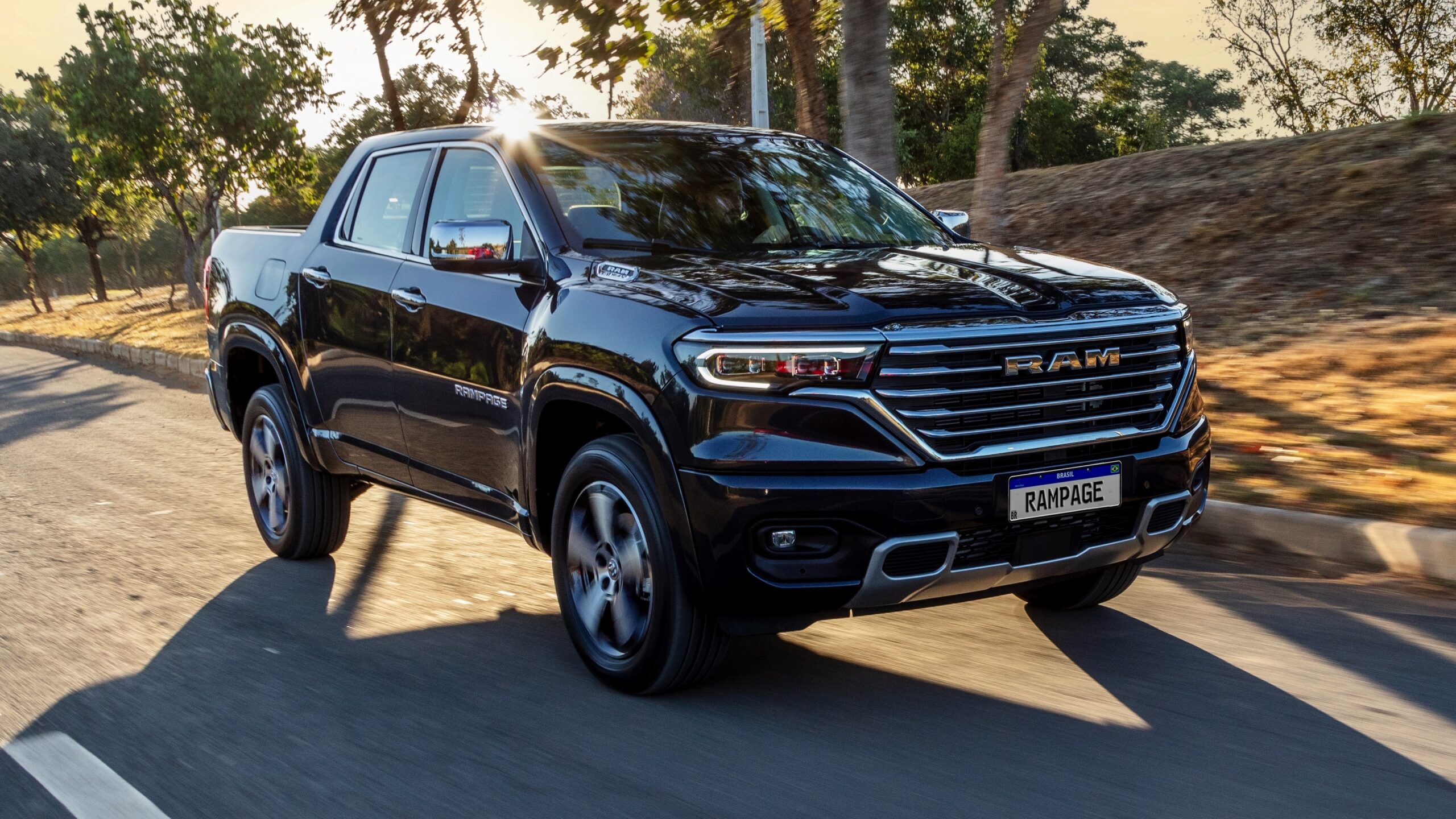
It’s not just a fluke either. Brazilian buyers are clearly connecting with what the Rampage brings to the table: muscular Ram styling, a strong engine lineup (including the turbocharged Hurricane4 I4 gas engine and a 2.2-liter turbodiesel option), a premium interior, and real utility—all wrapped in a smaller, more city-friendly package. Ram designed the Rampage specifically for Latin America, and it shows. It’s built at the Goiana Assembly Plant in Pernambuco, Brazil, and was developed to meet local needs—but the demand has gone beyond expectations.
As of July 2025, over 15,000 Ram pickups—including the Rampage, 1500, and Heavy Duty models—have been sold in Brazil just this year alone. The Rampage accounts for the lion’s share of that success and has quickly become one of the most popular lifestyle pickups in the region.

And yet, while the Rampage is thriving abroad, it continues to be noticeably absent in North America, a market where smaller pickups are seeing a resurgence. Ford’s Maverick and Hyundai’s Santa Cruz have carved out a respectable niche, combining urban drivability with real utility. Ram? Still sitting on the sidelines.
It’s puzzling. The Rampage already rides on the same platform as other Stellantis vehicles available in the U.S., including the Jeep® Compass (MP) and Dodge Hornet (GG). With a little federalization work, Ram could potentially bring the Rampage to North America—where it could slot below the Ram 1500 as an affordable, efficient, and stylish option for younger buyers, urban professionals, and even empty nesters looking to downsize without giving up truck capabilities.
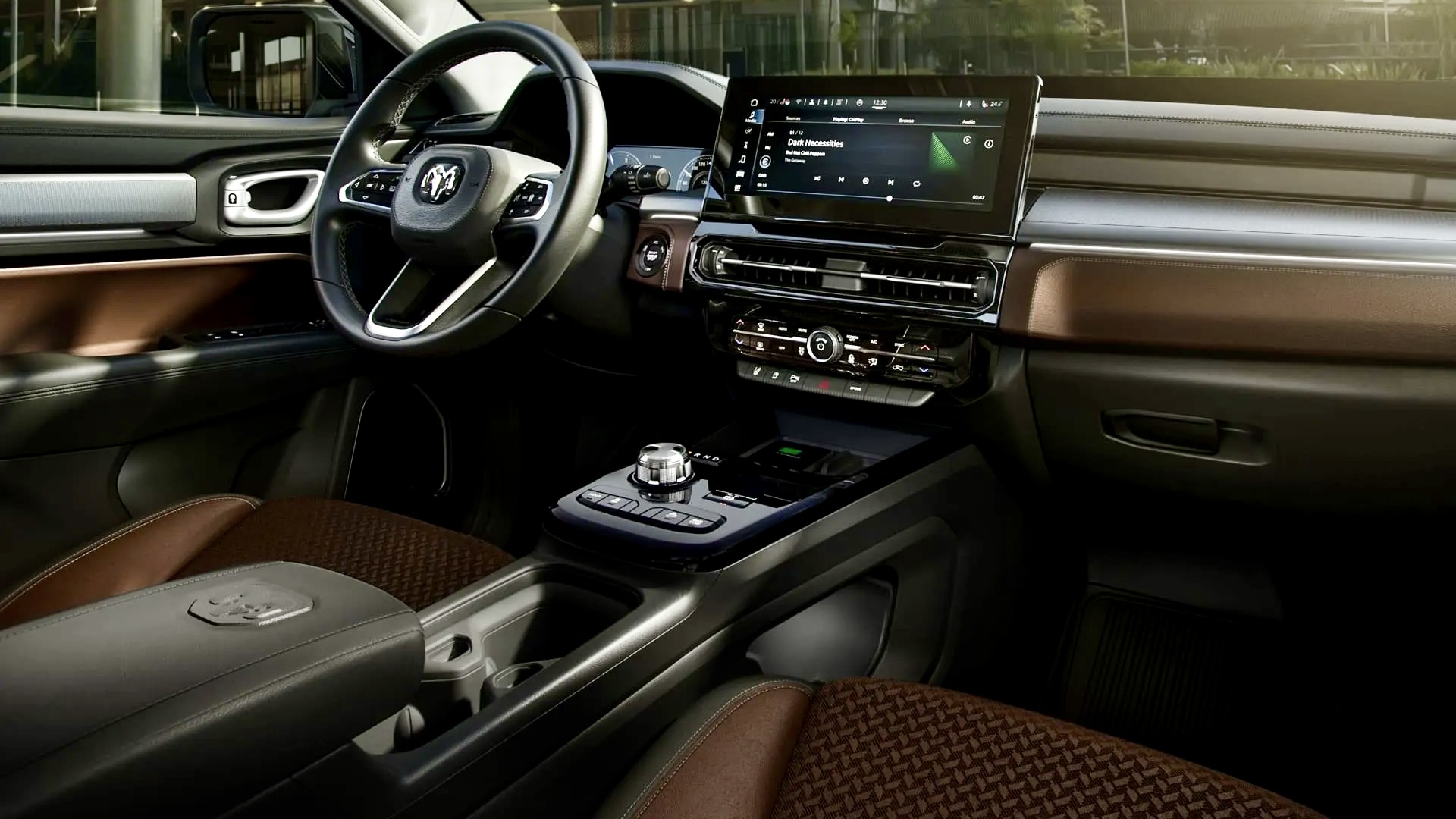
In Brazil, Ram’s dominance extends beyond just compact trucks. The brand holds a massive 64% market share in the full-size pickup segment, proving that Brazilian buyers trust Ram at both ends of the spectrum—workhorse and lifestyle truck alike. And with a refreshed Heavy Duty lineup on its way to Brazil soon, that lead is likely to grow.
So, what’s holding Ram back from bringing the Rampage stateside?
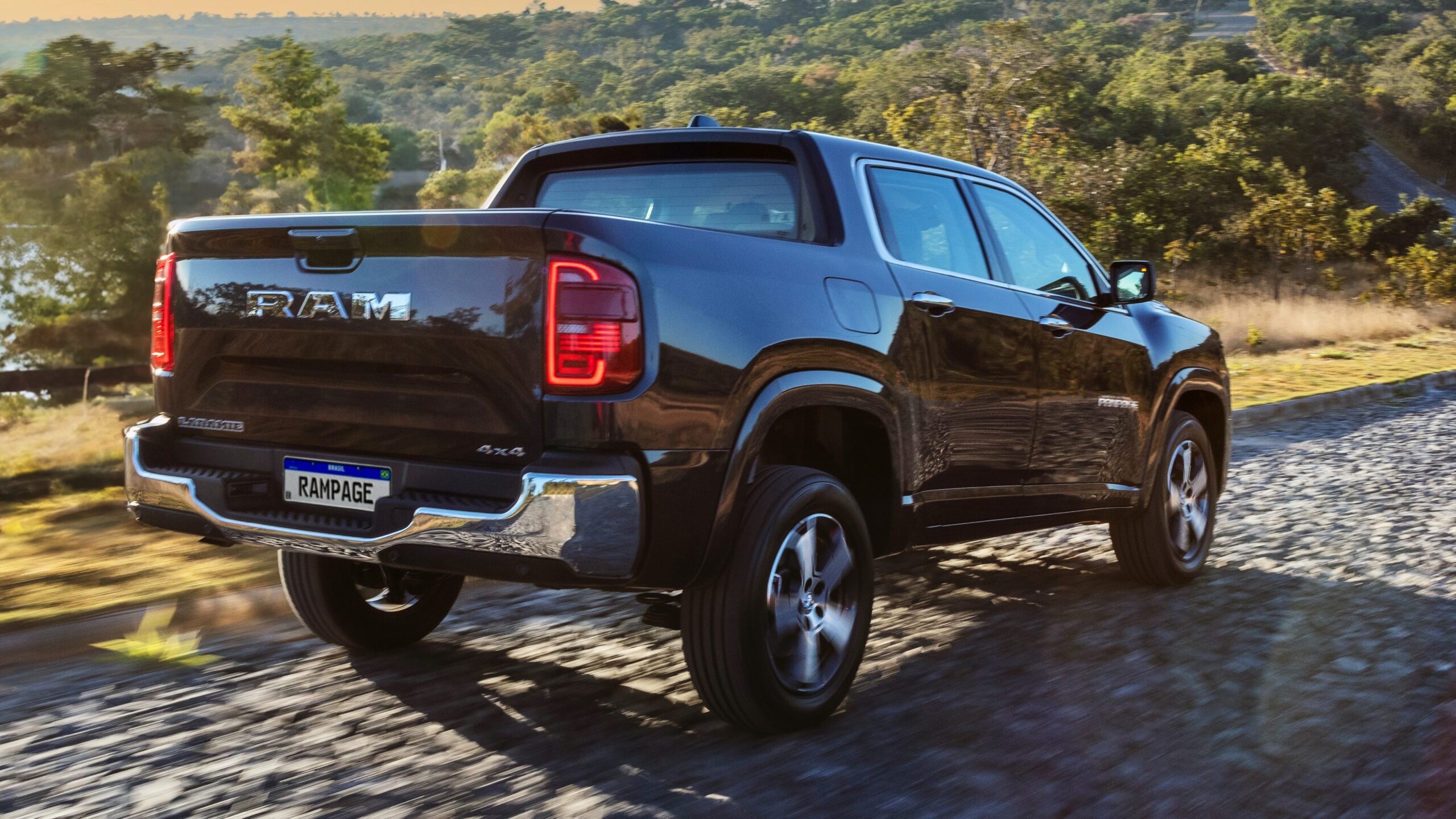
It’s a fair question. Especially with CEO Antonio Filosa pushing for volume growth and greater global competitiveness, and with Stellantis needing high-impact, low-cost hits, the Rampage feels like the perfect fit. It’s already engineered. It’s already in production. It already looks and feels like a proper Ram.
The Brazilian market has made it clear: the Rampage is a hit. Here in North America, we’re still waiting to see if Ram decides to act on what’s becoming a very obvious opportunity.
Until then, we’ll keep watching from the sidelines, wondering when this little Ram will finally be unleashed on American soil.


